
Azgar Ali Chowdhury Mosque
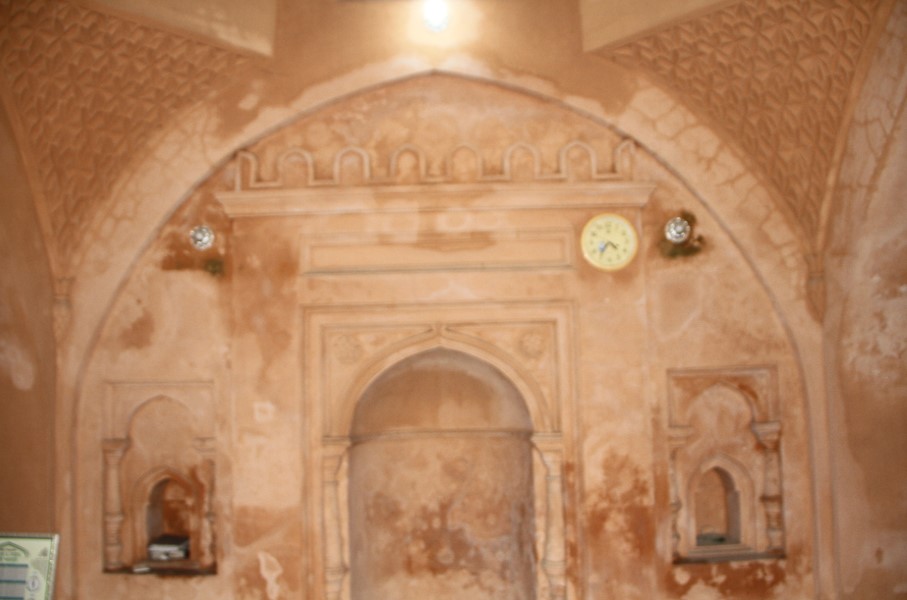
Mihrab
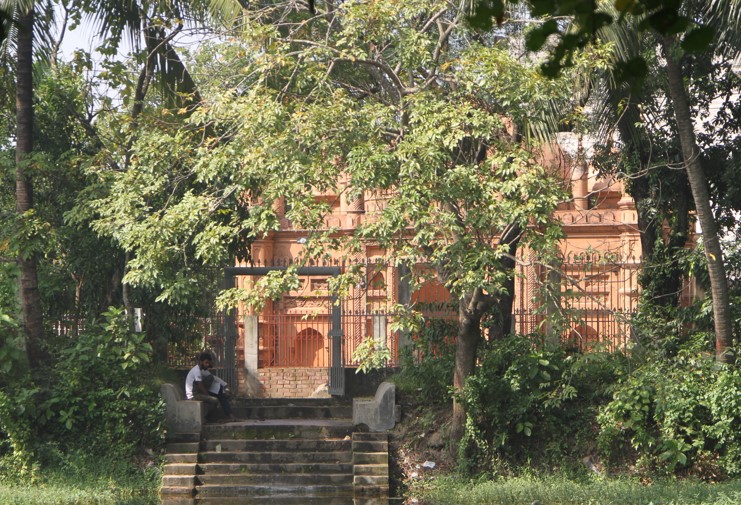
Camera from over the Pond
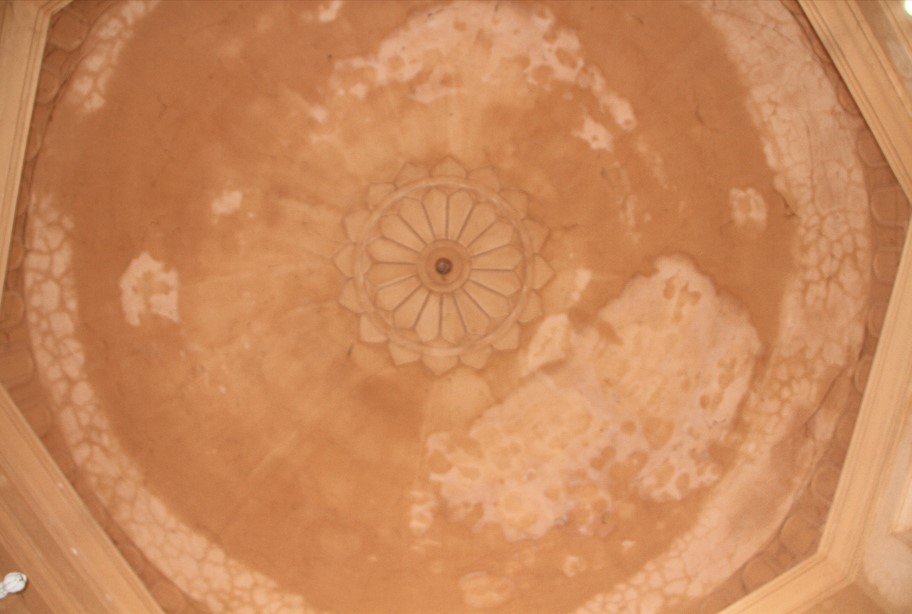
Gumbad Inner
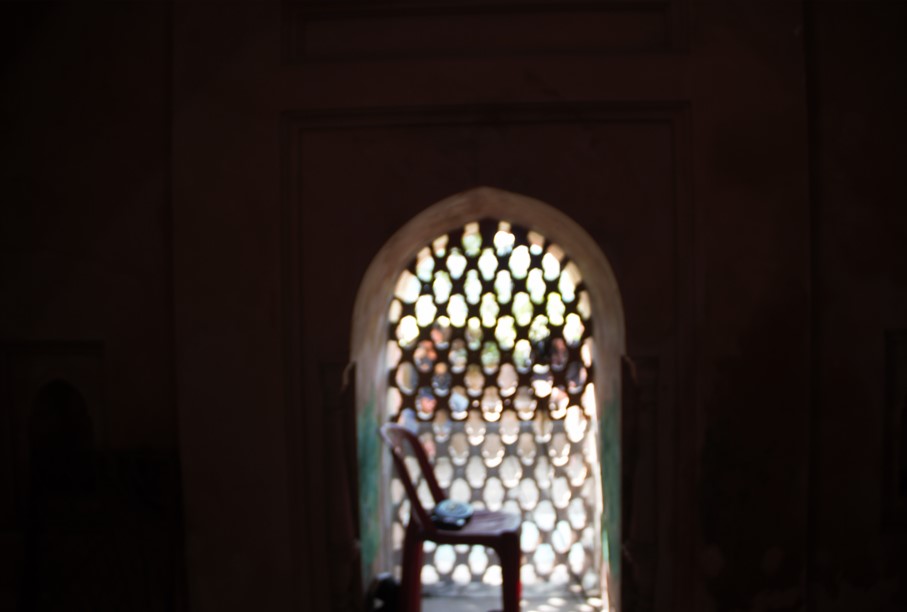
South Door
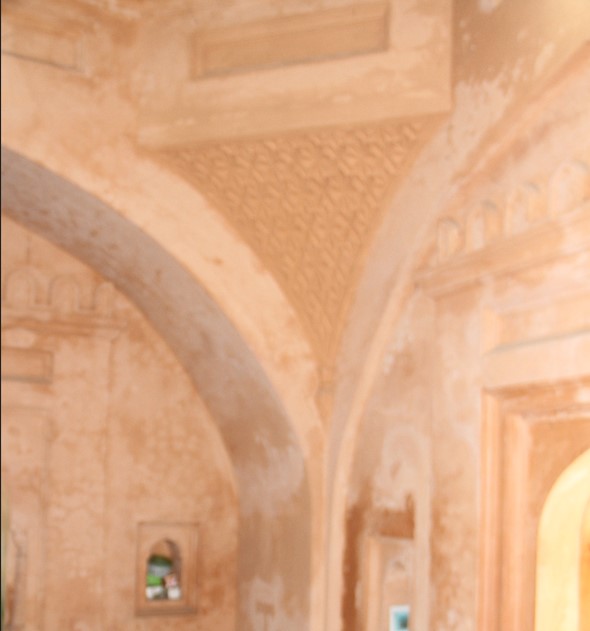
Arch pattern
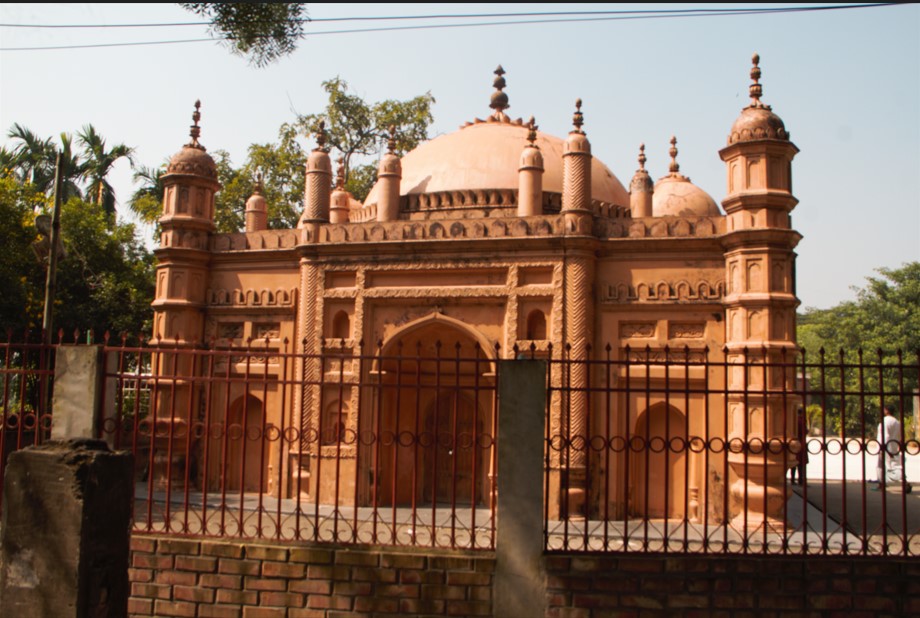
Entrance
The Azgar Ali Chowdhury Mosque: A Historic Landmark in Halishahar, Chattogram
The Azgar Ali Chowdhury Mosque, located in Halishahar, Chattogram, stands as a prominent symbol of Islamic architecture and religious devotion in the region. This mosque, with its rich history and unique architectural features, has become an integral part of the community, serving both as a place of worship and a cultural landmark.
Historical Background
The Azgar Ali Chowdhury Mosque was established in the early 20th century by Azgar Ali Chowdhury, a respected figure in Halishahar. Azgar Ali Chowdhury was a well-known philanthropist and landowner in Chattogram, who was deeply committed to the welfare of his community. His vision for the mosque was to create a spiritual haven that would serve as a center for religious education, prayer, and community gatherings.
Construction of the mosque began in the 1920s and was completed in the early 1930s. The mosque was built on land donated by Azgar Ali Chowdhury himself, reflecting his dedication to the project. Over the years, the mosque has undergone several renovations and expansions to accommodate the growing number of worshippers, but it has retained its original charm and architectural integrity.
Architectural Significance
The Azgar Ali Chowdhury Mosque is an excellent example of traditional Islamic architecture with influences from the Mughal and Bengal styles. The mosque’s design is characterized by its simplicity and elegance, with a focus on symmetry and proportion.
The mosque’s façade is adorned with intricate floral and geometric patterns, which are typical of Islamic art. The main prayer hall is spacious and well-lit, with high ceilings that create a sense of openness and tranquility. The walls are decorated with calligraphy featuring verses from the Quran, adding to the spiritual ambiance of the space.
One of the most striking features of the mosque is its dome, which is a common element in Islamic architecture. The dome is centrally placed above the prayer hall, symbolizing the heavens and the universe. The mosque also has several minarets, which are tall, slender towers used for the call to prayer. These minarets, with their elegant design, add to the mosque’s grandeur and serve as a visual focal point in the Halishahar skyline.
The mosque’s courtyard is another significant feature, providing a serene space for worshippers to gather before and after prayers. The courtyard is surrounded by a colonnade, which offers shade and shelter. The mosque’s entrance is marked by a large, arched gateway, which leads into the courtyard and then to the main prayer hall. This gateway is symbolic of the transition from the worldly to the spiritual realm, a journey that worshippers undertake each time they enter the mosque.
Cultural and Religious Importance
The Azgar Ali Chowdhury Mosque is more than just a place of worship; it is a cornerstone of the Halishahar community. For decades, it has been a center for religious education, offering classes on the Quran, Hadith, and Islamic jurisprudence. The mosque’s educational programs have helped generations of Muslims in Halishahar to deepen their understanding of their faith and to practice Islam in their daily lives.
The mosque also plays a vital role in the social and cultural life of the community. It hosts various events throughout the year, including religious festivals, community iftars during Ramadan, and charity drives. These events bring people together, fostering a sense of unity and solidarity among the residents of Halishahar.
In addition to its religious and social functions, the Azgar Ali Chowdhury Mosque is also a site of historical significance. It has witnessed many important events in the history of Chattogram and has served as a meeting place for local leaders and community members during times of crisis. The mosque’s legacy is intertwined with the history of Halishahar, making it a cherished landmark for the people of Chattogram.
Challenges and Preservation Efforts
Like many historical buildings, the Azgar Ali Chowdhury Mosque has faced challenges over the years. Environmental factors, such as humidity and pollution, have taken a toll on the mosque’s structure, leading to wear and tear. Additionally, the rapid urbanization of Halishahar has put pressure on the surrounding area, with new buildings encroaching on the mosque’s space.
To address these challenges, efforts have been made to preserve and restore the mosque. Local authorities, along with community leaders, have initiated conservation projects to maintain the mosque’s architectural integrity and to protect it from further damage. These projects include repairing the mosque’s dome and minarets, reinforcing the walls, and restoring the intricate artwork and calligraphy.
The preservation of the Azgar Ali Chowdhury Mosque is not only important for maintaining its physical structure but also for preserving its cultural and historical significance. The mosque is a testament to the rich Islamic heritage of Chattogram and serves as a reminder of the contributions of individuals like Azgar Ali Chowdhury to the community.
Conclusion
The Azgar Ali Chowdhury Mosque in Halishahar, Chattogram, is a remarkable example of Islamic architecture and a vital part of the community’s spiritual and cultural life. Its history, architectural beauty, and role in the community make it a cherished landmark in Chattogram. As efforts continue to preserve this historic mosque, it will undoubtedly remain a symbol of faith, unity, and heritage for generations to come.